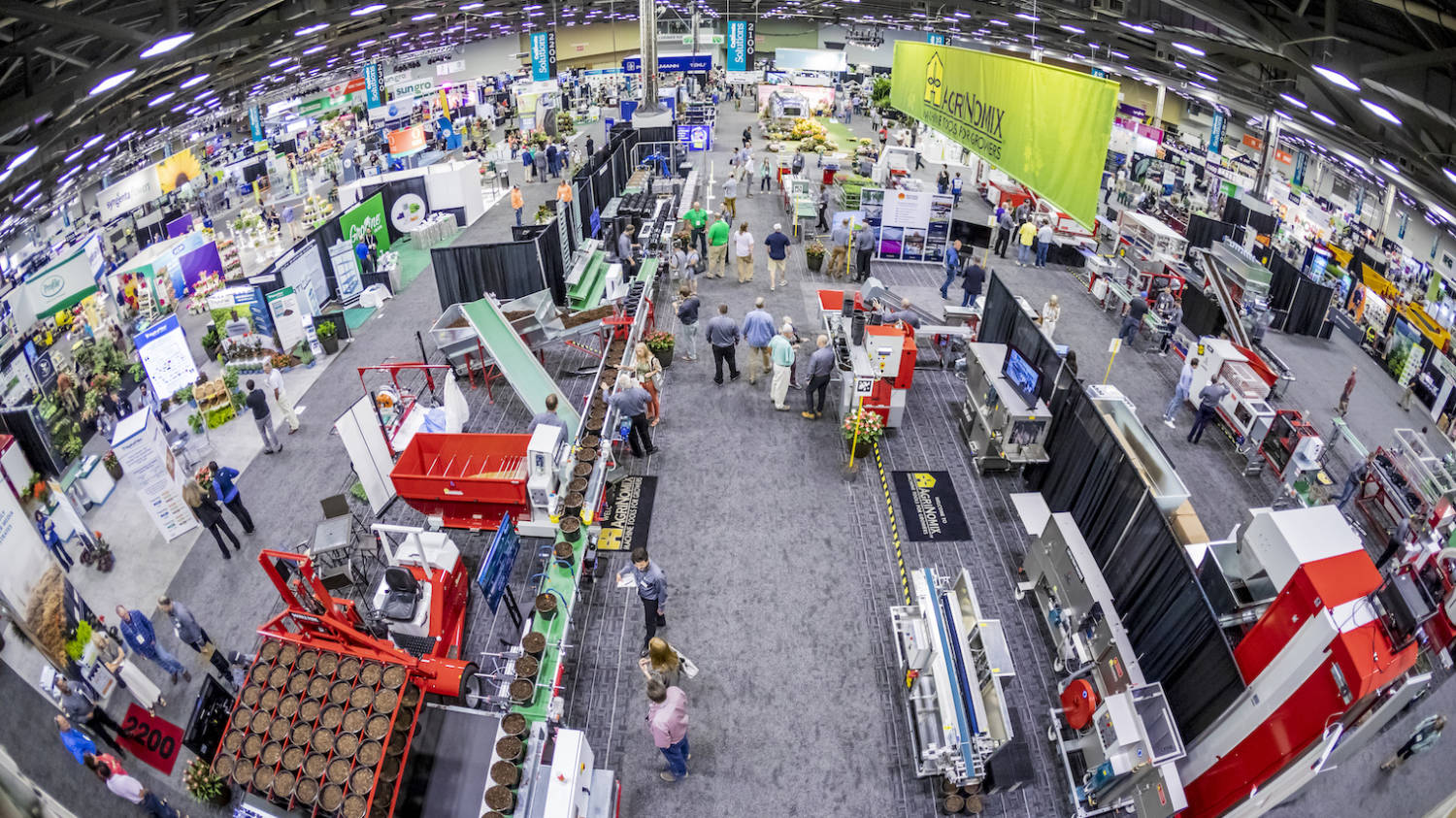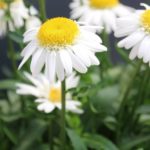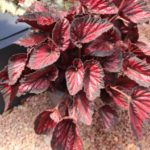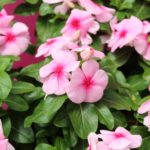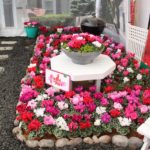Forty under 40 perspectives: Revitalizing Philadelphia’s urban landscapes with native plants
When I first started at the Pennsylvania Horticultural Society (PHS), I was shocked to learn of the range of sites PHS both designs and manages. At almost 200 years old, the Philadelphia-based nonprofit has a meaningful history of public outreach and activism through horticulture. One of the many grassroots programs doing this important work is the Public Gardens and Landscapes department, formerly Philadelphia Green.
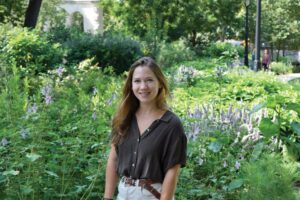
Created in 1987 to preserve and enhance some of the city’s most revered urban sites, Public Landscapes plays a unique role in reshaping Philadelphia’s green space. Through PHS’ entrenched partnerships and the ongoing need for revitalization of urban space, an opportunity emerged to provide comprehensive oversight at every stage of each project, from design to long-term management.
LONG-TERM THINKING
While it’s not unusual for a design firm to provide maintenance directives, it is unusual for one organization to handle the design, installation and implementation of horticultural care over a long period of time.
Overseeing each step in the design process with longterm management in mind creates a more functional landscape from the start. I think of our process as a circular one, where lessons learned can reinform each step, rather than a linear start-to-finish process with many handoffs that make it more likely for knowledge and experience to be lost along the way.
Working across a diverse portfolio that includes over 20 individual sites, our small team of seven core staff designs and manages projects with many different horticultural needs. Partners like the nonprofit Delaware River Waterfront Corp., for example, have a mission to transform six miles of riverfront trail into naturalistic, resilient landscapes for people and wildlife.
Smaller sites like the Rodin Museum and the Philadelphia Museum of Art located on the iconic Benjamin Franklin Parkway, or our two flagship Pop Up Gardens, offer layered plantings in highly urban settings. No matter the size of the project, our sites sustain heavy use, have been highly disturbed and contain challenging conditions.
DESIGNING FOR MAINTENANCE
As a landscape designer working in harsh urban environments, I’ve recognized firsthand that design is not separate from management; even the most well-conceived and implemented designs are surpassed, eventually, by how they are managed.
Now more than ever, design must solve the problem of how to do more with less. We need resilient, biodiverse landscapes that will last, with reduced budgets, fewer inputs and less maintenance. How can we serve our clients, partners and neighbors while also serving our environment? This question has contributed to my evolution as a designer and has ultimately led me toward native plants.
Working with a small team and budget requires designs that are carefully planned and maximize resources. To deliver on both, I’ve leaned on the plants adapted to our region. Learning from both mistakes and successes, I’ve compiled a bulletproof palette of native perennials and grasses, which form the bulk of my selections for largescale client projects.
Our largest planting installations are scheduled in the fall to reduce initial watering and aid in root growth for successful establishment. With some exceptions, these “urban tough” native plants are less likely to need replacement, perform better in challenging sites, do so without as much water and need little to no fertilizer or soil amendments. They minimize inputs needed for long-term care, require fewer resources and provide more return on investment. Against all odds, they often manage to do more with less. Natives also provide year-round aesthetic beauty, deliver functionality and preserve our fragile ecosystems in ways we still don’t fully understand.
STRATEGIES TO IMPROVE
Planting design strategies also play a big role in the ways these urban plantings function and require intervention over time. I rely on rugged groundcovers and grasses to close open gaps, use straight species natives that are freely self-sow and create dense vertical layers.
This approach helps to reduce weed invasion, retain soil moisture and improve resilience. Taking the time to adequately prepare a site and frontloading maintenance in the early stages of a project leads to a better long-term outcome, as this ensures that desired species have time to establish and proliferate in a weed-free environment.
In my time at PHS, it’s been rewarding to see a cultural shift taking place in plain sight, as more and more of our clients ask for native plants than ever before. Selling a naturalistic aesthetic that’s long been code for “disheveled” is much easier to swallow when ecological value, affordability and sustainability are the tradeoffs.
Designing urban landscapes has meant learning how to deliver more with less. Relying on key planting design strategies using native plants, I can provide ecological benefits, aesthetic value, resource mitigation and resilience. As designers, growers, gardeners and landowners, it’s up to us to showcase the ways that functionality can be beautiful and inspire others to do the same if we want positive change for the future.








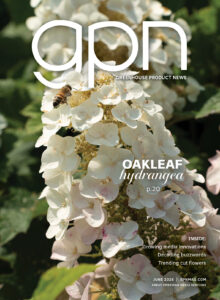
 Video Library
Video Library 
